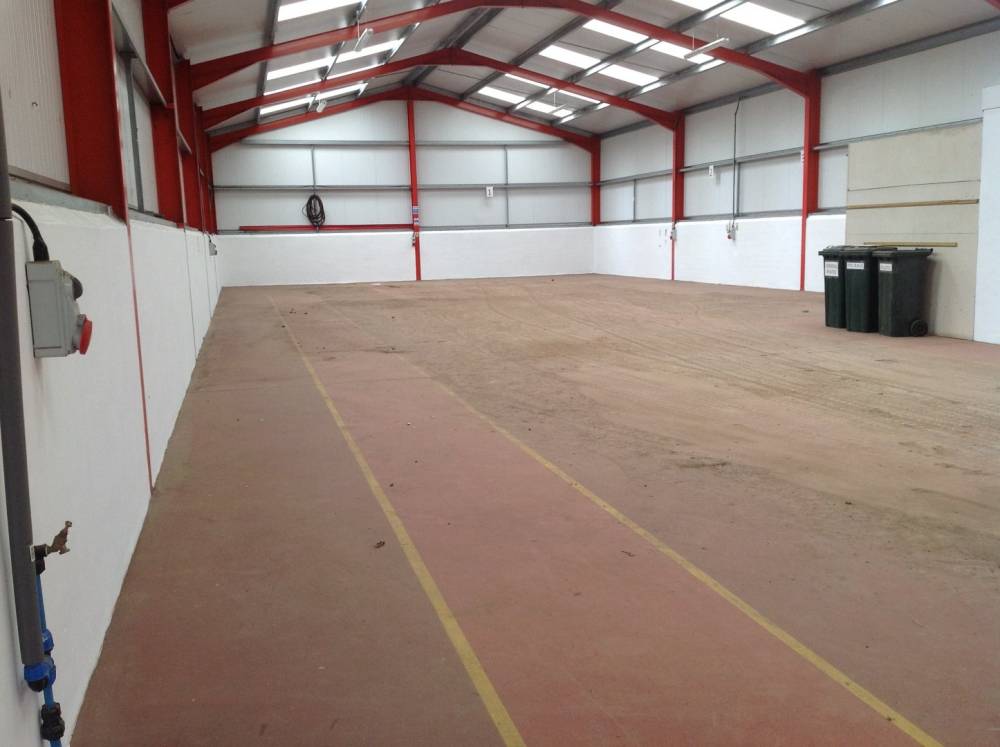
Calculate the pressure exerted on the bottom of the tank. A tank filled with water is of up to 2m height. Thus, there is this non-uniform variation of atmospheric pressure. The SI-derived unit of force required to accelerate a mass of one kilogram one meter per second per second, equal to 100,000 dynes. a) The column of blood towards the feet is at a greater height than the head, thus the blood pressure in the feet is greater than that in the brain.ī) The density of the atmosphere does not decrease with the increase in altitude, in fact, most of the air molecules are close to the surface. 1 pascal (Pa) 1 newton/square meter (N/m2) 1 Kg m-1 s 1 bar 0.98692 atmosphere (atm) 105 pascals (Pa) 1 pound per square inch (psi) 68.97 millibars.

Even though the height of the atmosphere is over 100 km, atmospheric pressure at a height of about 6 km reduces to almost half of its value at sea level.Īns. is that newton is in the International System of Units, the derived unit of force the force required to accelerate a mass of one kilogram by one metre per.The human body’s blood pressure is greater at the feet than the brain.The air pressure on our body is equal to atmospheric pressure.

Thus, the sea exerts a pressure less than what the structure can handle, so it can easily hold the well. The SI unit of pressure is (N/m3, N/m2, kg/m2, pa/m2). The pressure exerted by the seawater at depth,ĭ = ρdg = 218 x 6 × 10 3 × 9.8 = 1.32 × 10 Pa Using this formula in terms of depth, it can be concluded that, Given: The maximum stress the structure can handle, P = 218 PaĪcceleration due to gravity, g = 9.8 m/s 2 Is this suitable for holding a well in the ocean? Take the depth of the ocean to be 6 km and ignore other external factors. Ques An off-shore structure is designed to withstand a maximum stress of 218 Pa. At times, meteorological advances prefer using millibars whereas oceanography uses decibars. To keep the calculations and results easy to understand, bar is more preferred. Thus, if they use Pa as the main unit, they would have to deal with a lot of large numbers, therefore increasing complexity. The main reason behind this is that 1 bar is equal to 100,000 Pascal.

Bar is more commonly used in calculations by scientists and engineers. Why is bar a more used and preferred SI unit as compared to Pascal? (5 marks)Īns. It is the difference between zero and the unit. One pascal is equal to one newton of pressure evenly applied to one square. Newton, nor Pascal, nor Leibnitz, nor Kepler, nor Laplace, nor any other mathematician can compute. Theoretically, bar is the SI unit of atmospheric pressure used by scientists and engineers all over the globe, whereas pascal is also the SI unit of atmospheric pressure where 1 N of force acts on 1 m 2 of area. The SI unit for internal pressure, stress, and tensile strength is the pascal (Pa). Mathematically, a bar is equivalent to 100,000 Pa, or 100,000 N/m 2. How is bar related to pascal? (3 marks)Īns. Atm: Atmospheric Pressure is the SI unit of pressure, to denote atmospheric pressure.PSi: Psi is another SI unit of pressure, generally used to denote air pressure in tires and balloons.For comparison, the atmospheric pressure. Torr: Torr is the SI unit of pressure, equal to 1 mm of mercury in a barometer and equivalent to 133.32 Pa. A Newton is a measure of forceA Pascal (symbol: Pa) is a unit of pressure which is 1 Newton per Metre squared (N/m2).Bar: Bar is the SI unit of pressure, equal to one newton per square meter. Some are obvious, such as pounds per square inch, but even the SI standard Pascal is actually an expression of one Newton per square meter.Pascal: Pascal is the SI unit of pressure, equal to one newton per square meter (approximately 0.000145 pounds per square inch, or 9.9 × 10−6 atmospheres).The most commonly used units of pressure are:. Explain the five most common units of pressure. If seen at sea level, it is approximately equivalent to 101,325 Pa or 14.69 Psi. Atmospheric pressure means pressure exerted by the weight of the atmosphere. newtons per square inch to pascals pressure conversion cards 1 N/in to Pa 1 550 Pa 2 N/in to Pa 3 100.01 Pa 3 N/in to Pa 4 650.01 Pa 4 N/in to Pa. What is the difference between pressure in atmospheres and pressure in pascals? (1 mark)Īns. The unit is named after the scientist Blaise Pascal and defined as one newton per square meter and is equivalent to 10 Barye that is denoted by Ba in the CGS system. Pascal (Pa) is said to be the SI unit of pressure which is used to define internal pressure and tensile strength. One pascal is equivalent to one newton (1 N) of force applied over an area of one meter squared (1 m^2).Ans. It is named after the scientist Blaise Pascal. The pascal (pronounced pass-KAL and abbreviated Pa) is the unit of pressure or stress in the International System of Units (SI). A pascal is a pressure of one newton per square metre, or, in SI base units, one kilogram per metre per second squared.


 0 kommentar(er)
0 kommentar(er)
